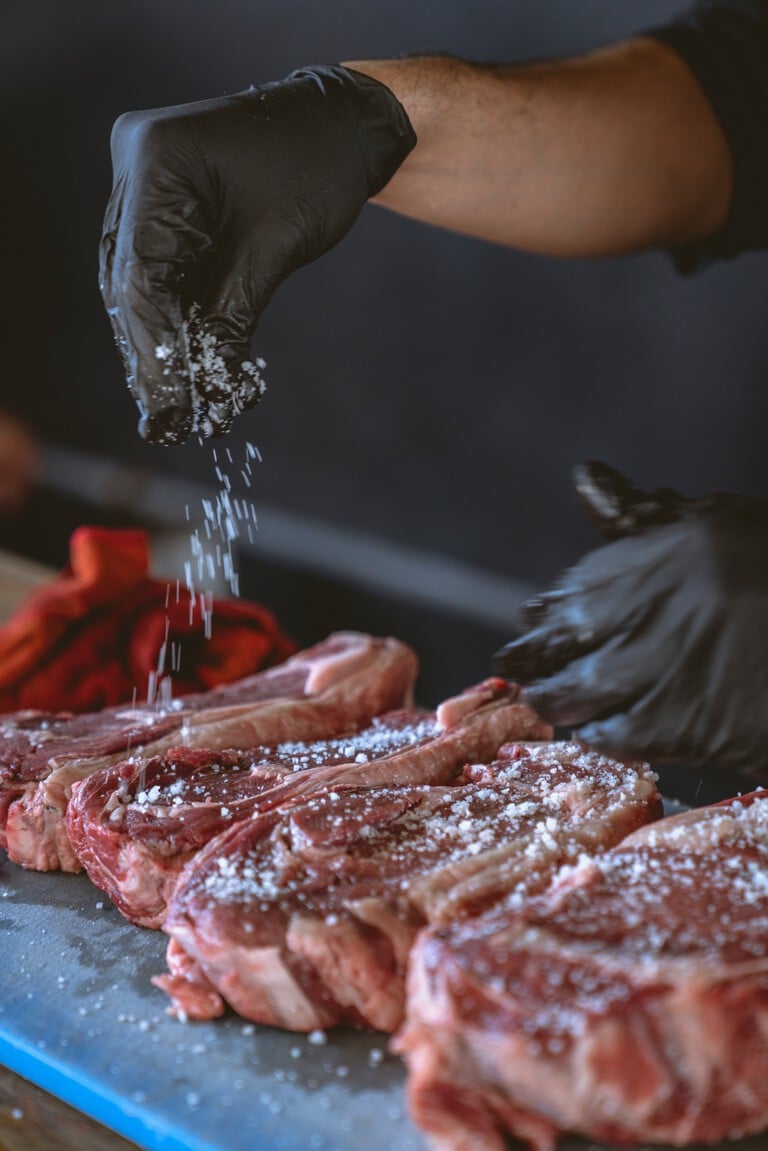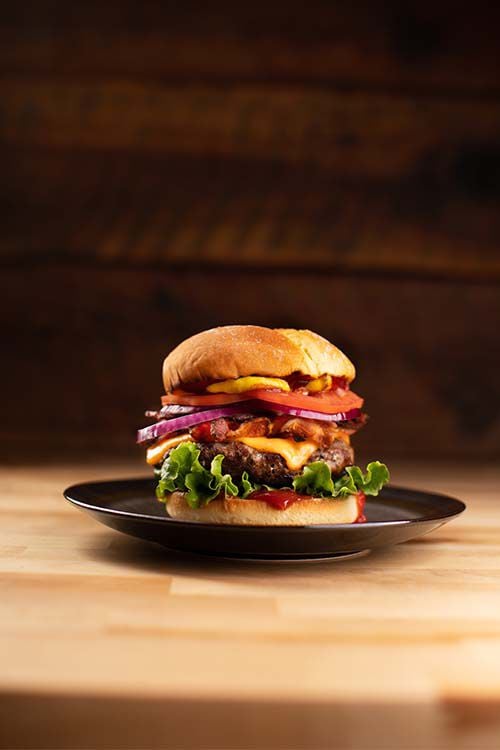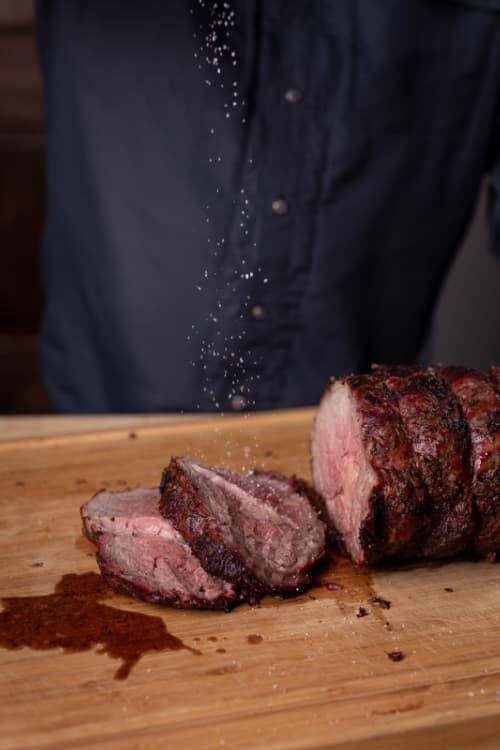Are you using salt wrong?
Salt is such a simple thing, but is there a right and a wrong to how you salt? Are you using the right salt? Keep reading to see if there are any tips that will help refine your cooking skills.
Chapter Links
What Is Salt
WHAT IS SALT MADE OF
Salt is a mixture of sodium and chloride. Chemically it is about 40% sodium and 60% chloride (NaCl)—for pure salt that is. The combinations of sodium and chloride make this a great electrolyte. Some salts like Sea Salt and Himalayan Salt are not exactly pure but we will get into that later.
IS SALT HEALTHY
This mineral is essential for our bodily functions and is a necessity to consume, however, the required amount is often exceeded every day. The FDA (Food and Drug Administration) say that the human body needs about 2.3g or about 1 teaspoon of salt a day, but most Americans consume on average 3.4g. So, yes, salt is essential, but on average, we consume more than we should. With the average consumption so far above the necessary amount, doctors often want us to restrict how much we intake and try to limit ourselves to 2-3g daily.
SCIENCE BEHIND USING SALT
Salt can be used as a flavor enhancer. Unlike garlic, cumin, chili, or onion where you are trying to add layers of flavor, salt brings the flavor out of the meal. Thinking of it as a flavor enhancer. You can also think of the importance of salt because it is one of the five taste sensations (salty, sweet, sour, bitter, umami). To go even further, salt can help a slice of meat by drawing out the moisture, dissolving the salt, and reabsorbing the salty mixture acting like a brine. It is important to keep in mind the water the salt pulls from the meat is not what makes it juicy, that would be the fat content in the specific cut you are cooking. What ends up happening with the brine is it starts to break down tissue and relaxes the meat. If over salted there can be an over powering salty taste. There are salts that are better for baking, curing, pickling, brining, garnishing, and the finishing touch. Not all salts are the same so let's get to it and see what the basics to salting are.
Table Salt
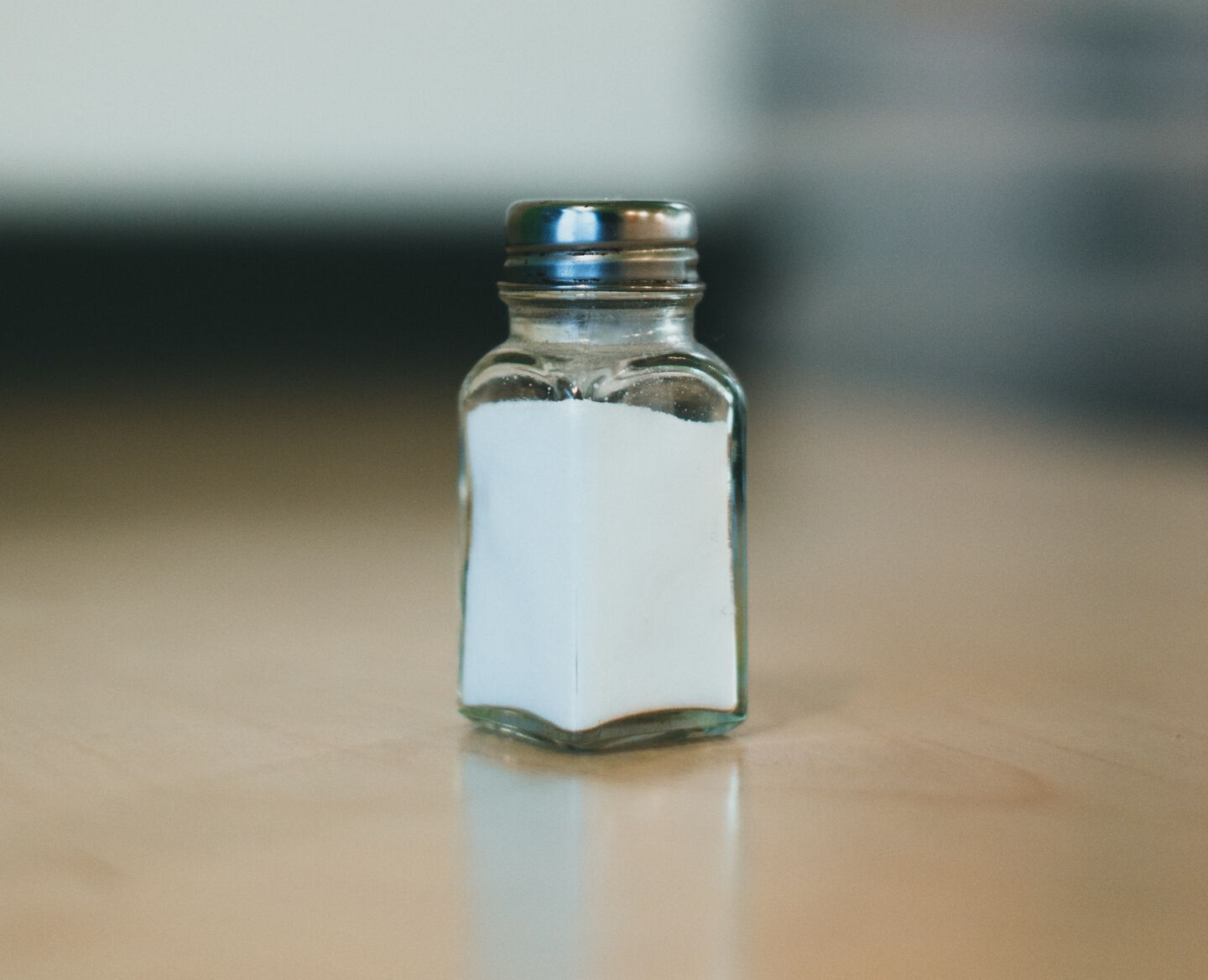
THE MOST COMMON SALT
The most common is table salt. It is a fine grain salt that has a strong taste. Often times you can purchase table salt with sodium iodide or potassium iodide without consciously picking an iodized table salt. The additives to this such as an iodine and non caking ingredients can cause a metallic bitter taste. This is why table salt is not recommended as a finishing salt or to use directly on top of a meal. The pros to table salt is it is very cheap and great to bake with. It will dissolve quickly and preform the same as other salts when mixed in a batter.
WHAT IS IODIZED TABLE SALT
In the 1920s many people had an iodine deficiency but would consume salt in abundance. Iodine enters the scene in the early 1920s as an essential mineral. From numerous studies we now know a Iodine deficiency is detrimental to your health. The solution to the widespread issue was to include iodine in commonly consumed products The cheapest and easiest product to do this to was salt. Luckily in todays world it is much easier for us to consume iodine in milk and fish, being the most common, we can also use iodized table salt to replenish essential minerals with out even knowing it.
Kosher Salt
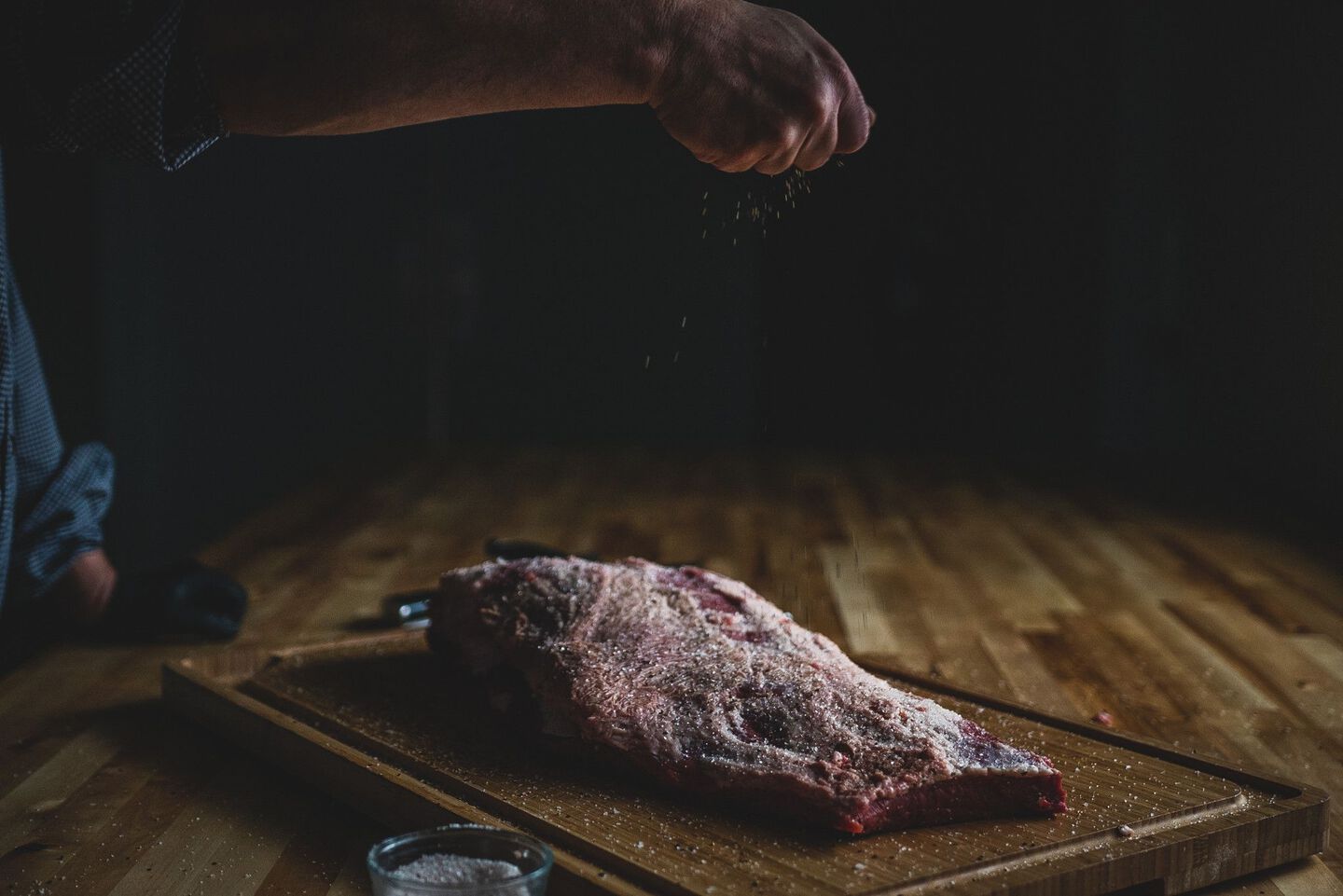
THE MOST VERSITILE SALT
Kosher salt is the most versatile and highly recommended to have in every household. Kosher salt is known for having a large grain and being a coarse salt. Many chefs like Kosher salt because it is easy to pinch and see how much is being added to a dish. Going back to the pure salts, Kosher salt is solely sodium and chloride, no iodine, anti caking additives, or any other minerals. Kosher salt is often used for curing and drawing out blood from meats. This type of salt can add a slight crunch to the meal without being too much to handle if applied in the correct amount. At Camp Chef we use Kosher salt for almost all our meats.
WHAT IS KOSHER SALT
Not all Kosher salt is Kosher. To be true Kosher salt it has to be processed a specific way. If you are looking for a true Kosher salt make sure to check if the container says it is Kosher certified. Also keep in mind the salinity (concentration) can be different between brands. One brand may process the salt a different way making it less salty tasting.
Sea Salt
WHAT IS THE DIFFERENCE
Sea salt is completely unique in the fact that it is exactly what it sounds like. This salt is harvested by evaporating the water sea and being left with salt. Sea salt can come in a number of different colors due to the trace amounts of minerals that are left behind with the salt. Table salt is a very fine material with Kosher being much more coarse. Sea salt is an un even, large flake.
WHEN TO USE SEA SALT
Sea salt is great for salting after the dish is cooked or for curing meat. This is a great option for sweet or savory recipes. Like the other types of salt, there are different kinds of sea salt, not just different colors. Some sea salt can get very expensive and fancy. Fleur De Sel is a type of sea salt that is harvested off the cost of Brittany, France. Celtic Gray Sea Salt is also harvested off the coast of France and used to finish vegetables or grilled meat and seafood.
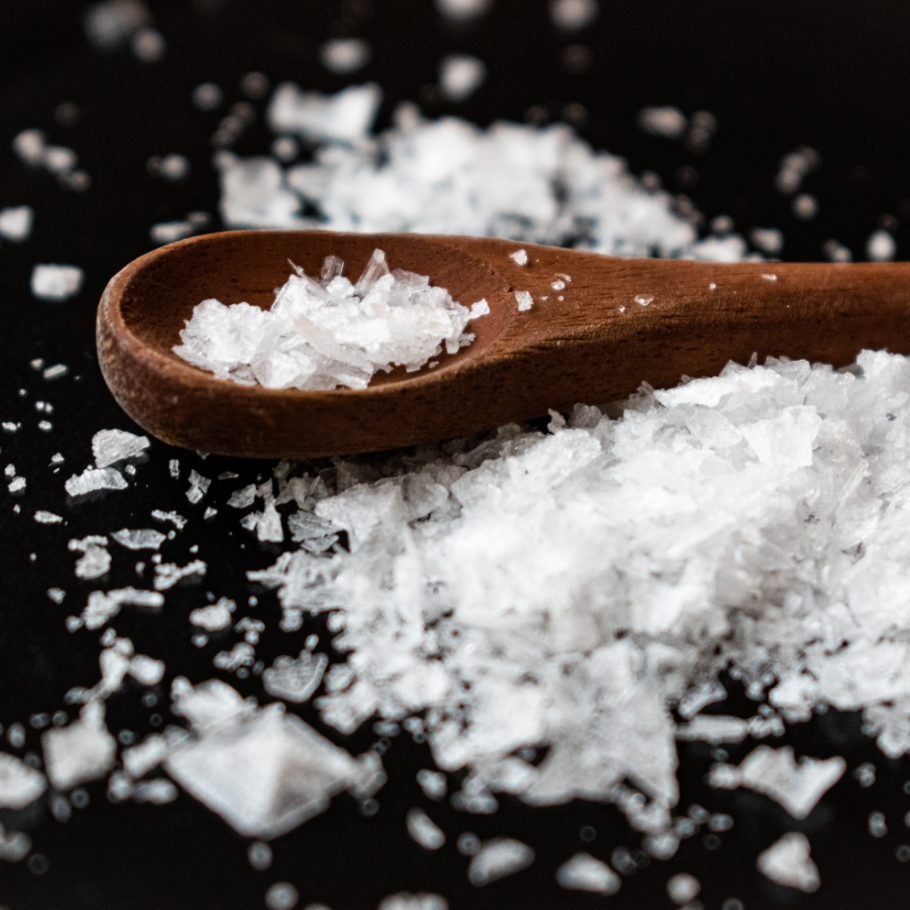
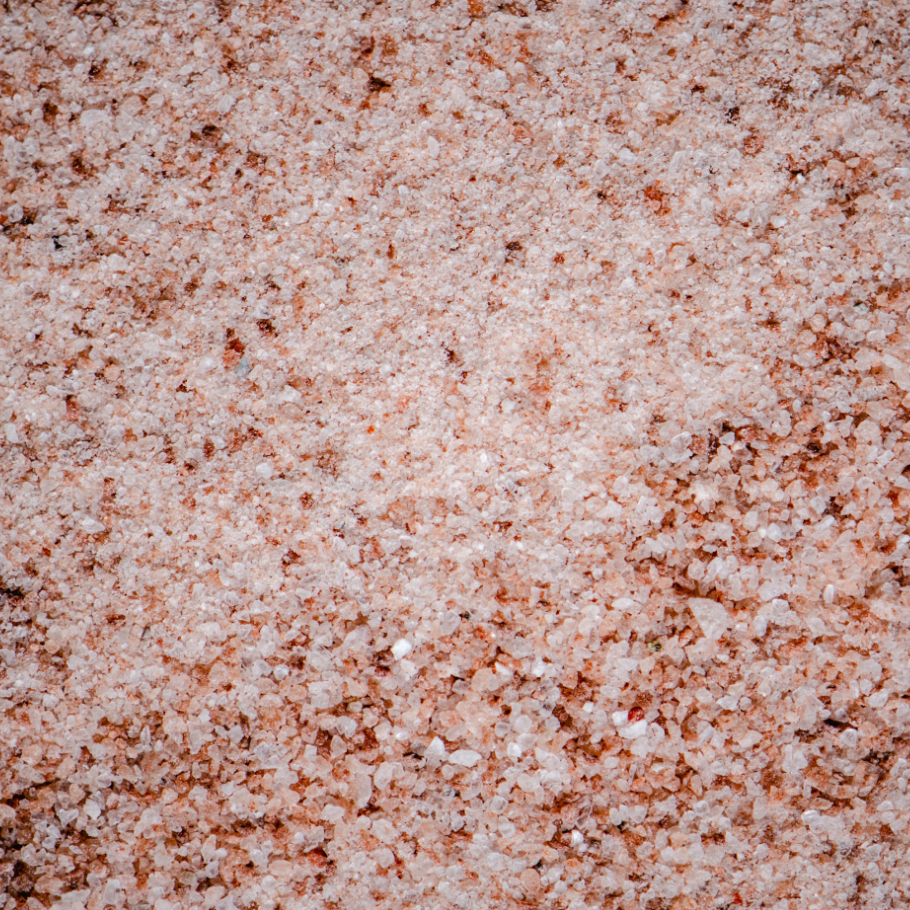
Himalayan Salt
WHEN TO USE HIMALAYAN SALT
Himalayan salt is well known for the pink tint. Though it looks nice and can be a great centerpiece for the table, it too is slightly different than the others. The pink makes this a great salt to garnish with and finish the dish. There is not much of a significant difference in taste or use other than it is more expensive than table salt and a large coarse mineral like Kosher salt. If you are baking you might want to stick with table salt and use this at the end for a nice touch.
WHAT IS HIMALAYAN SALT
The name comes from the mountain it is harvested from. Himalayan salt is mined from the salt mines in Pakistan on the Himalayan mountains. The pink is from trace amounts of different minerals like magnesium, iron, calcium, and potassium. Though there are other minerals in sea salt than Himalayan salt it is not enough to effect the daily amount needed for those minerals.
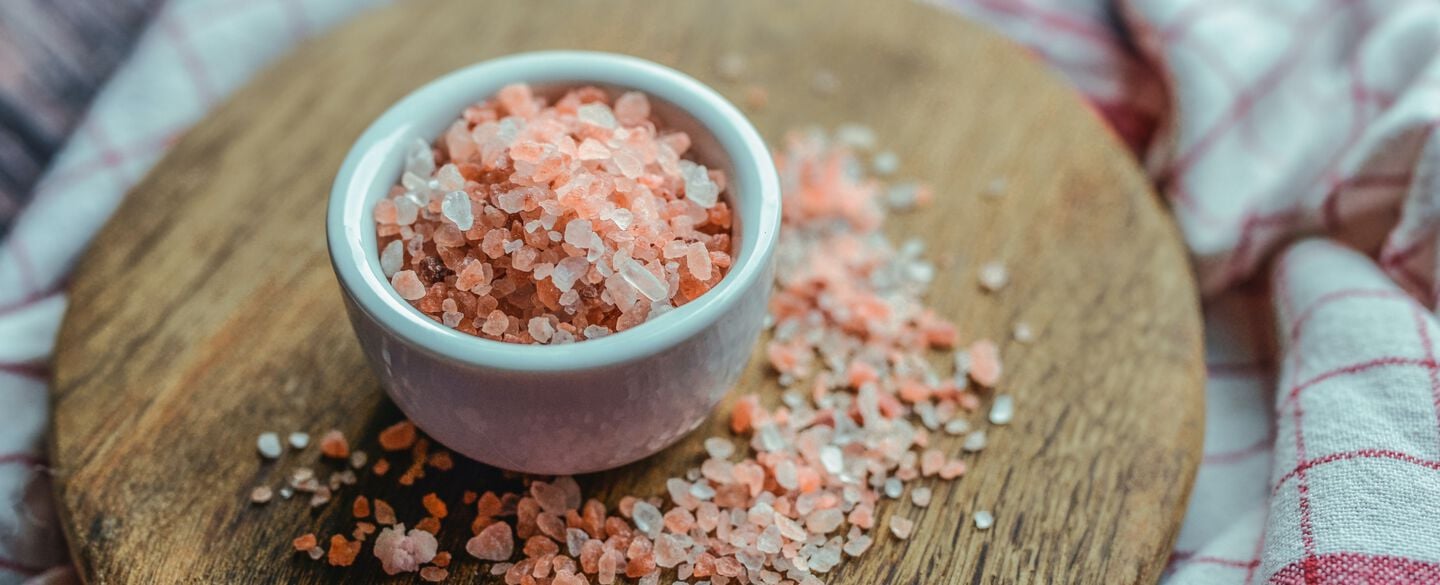
When to Salt
As a general rule of thumb, plan on salting a steak with Kosher salt at least one hour before you are ready to cook. To be more specific, that is an hour per inch of thickness. If the steak is 2 inches thick salt both sides at least 2 hours before cooking and keep it refrigerated. Giving the salt plenty of time to penetrate the meat and bring out the flavor is essential to magnify the taste and potential that cut has. There is no need to worry about the water it might draw out of the meat. The "juiciness" comes from the fat content, not the water. You might also notice a lot of chefs dabbing the moisture from the meat before they start the cook. This is recommended so that if you are smoking the meat, the smoke can penetrate the surface rather than getting caught on the water and dripping off. Another reason to do this is when you are trying to achieve a sear. The best sears are achieved when you have a dry surface contact a very hot pan or grill. The water on the surface interferes and has to evaporate taking longer and leaving you with a less desirable sear.
TO SUM IT UP
In conclusion, they are all salt. Yes we could go farther in depth but there is really no need to. Here is the take away from the reading.
- Use table salt in baking, and if you want, look for non iodized table salt however there is nothing wrong with iodized table salt.
- Use Kosher salt for the majority of your cooking, it can add a slight crunch, it can be a great dry brine, it's easy to see and use. Kosher slat is also the most pure form so that there are not other odd tastes you might come across.
- Sea salt has a variety of different types and can be very fancy. For simplicity use this as a finishing salt. Sea salt can be a great addition to sprinkle on cookies, steaks, soups, salads and almost anything else.
- Himalayan salt is great for garnishing. The make up is similar with the size Kosher salt but adds a nice pink tint.
- Finally, plan on salting your steak an hour per inch of thickness before cooking it.
